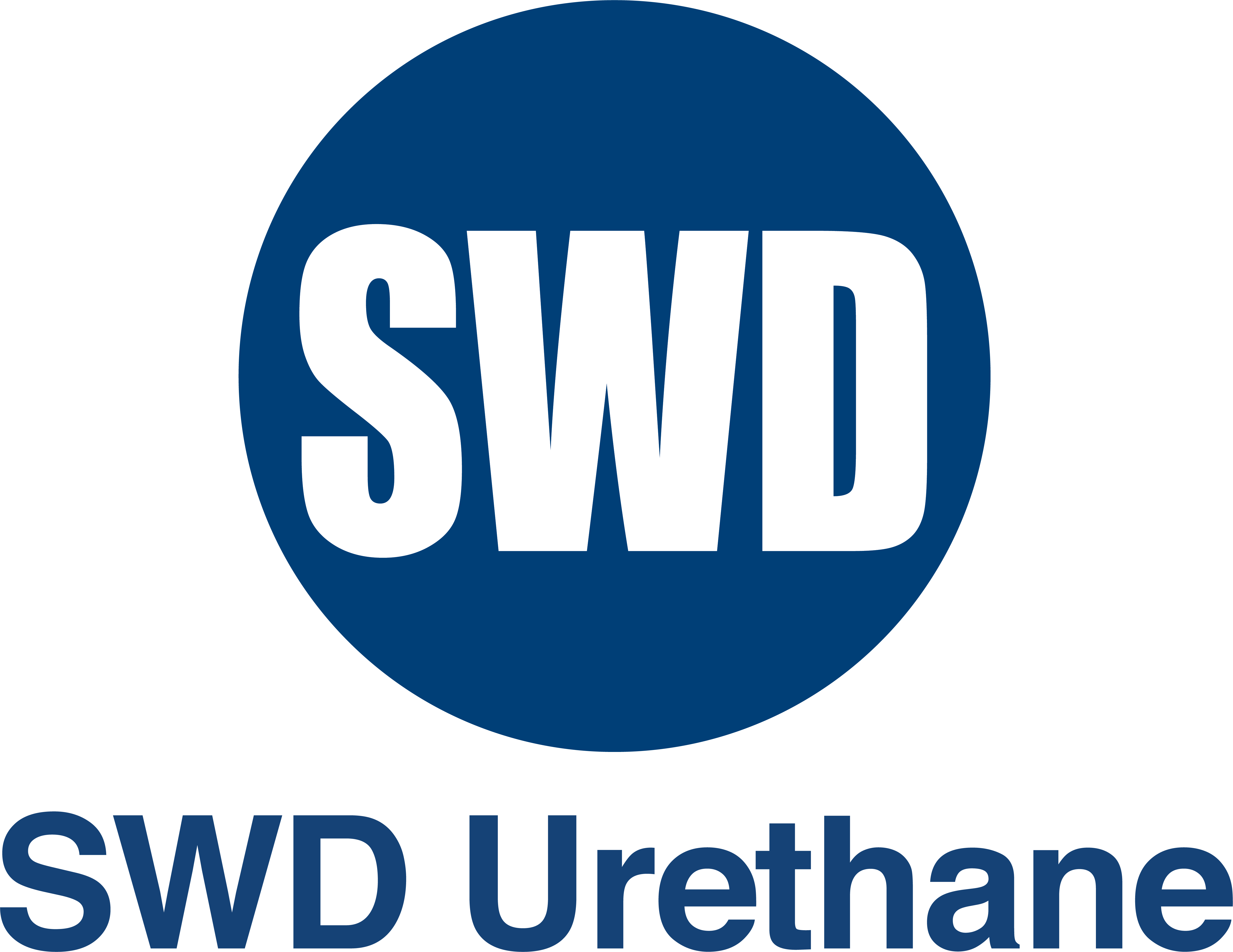We’ve officially reached fall, which means winter is going to be here before you know it. While we might not see quite as severe of weather in the wintertime as they do in the mountains or in the Midwest, cold weather will still definitely be hitting sooner or later, and it’s important to make sure your home is prepared to handle it.
One of the best things you can do to your home to help you stay comfortable year-round is to ensure you have high-quality insulation lining all of your exterior walls and rafters. If you notice your energy bills are high, it can be a good idea for you to check your insulation and consider making some improvements. With this in mind, here’s a quick overview of the various types of insulation you can choose from when working with a spray foam insulation contractor in Northern California to prepare your home for fall and winter.
Spray foam
Spray foam insulation has been rapidly becoming more popular over the past decade or two, and today it’s the most effective insulation you’ll find on the market in terms of R-value (the measure of air temperature retention in a space). It provides a high-quality seal and moisture barrier, and when sprayed onto an area will expand to fill all little nooks and crannies, which makes it an ideal solution for areas that might otherwise have obstacles that would get in the way of traditional insulation rolls.
The major downside of spray foam insulation is that it’s the most expensive option on the market. However, its greater effectiveness and long-lasting nature make it worth the additional cost in most cases.
Fiberglass
Fiberglass insulation is still the most common choice for homeowners. It’s effective and inexpensive, with a reasonable R-value and a price point that lowers how much of an investment you have to put into it.
The downside is that it’s not quite as versatile as spray foam. It’s best used in large, flat areas without multiple cross beams, outlets or wires. In some cases, people will combine the use of fiberglass and spray foam insulation materials to ensure effective coverage.
Natural fiber
Natural fiber insulation is still pretty common, and usually comes in the form of cellulose (from recycled plant fibers) and cotton (often from recycled denim). This insulation has a similar R-value to what you’d find from fiberglass, and it’s a common choice for people focusing on eco-friendliness, as it uses recycled, natural materials. It is another type of blown-in insulation, which makes it popular for insulating areas that have a lot of obstacles, such as wires and outlets.
However, this type of insulation should never be exposed to moisture, which means it should not be used to insulate areas that are likely to see any leaks. It will develop mildew or mold if not dried out thoroughly after water exposure.
For more information about the various types of insulation on the market, or to schedule an appointment with a spray foam insulation contractor in Northern California, reach out to Ace Insulation Inc. today.


